Кастинг на алуминиев матрица е един от най -съществените производствени процеси в днешния индустриален пейзаж. Комбиниране на леките свойства на алуминия с прецизността на формоването с високо налягане, Тази техника произвежда сложна, Ефективно и в мащаб части с висока якост.
Това ръководство предоставя изчерпателен преглед на процеса на леене на алуминий, включително ключови сплави, повърхностни покрития, Дизайнерски съображения, и приложения в основните индустрии.
Въведение
Алуминият е лек, устойчив на корозия метал с висока термична и електрическа проводимост. Тези свойства го правят идеален за производство на сложни компоненти с тесни допустими отклонения чрез леене на матрици. Сред всички формиращи процеси, Алуминиевата леене на матрици се откроява заради повторяемостта си, размерна точност, и ефективност на разходите, особено за производството с голям обем.
Какъв е процесът на леене на алуминиев матрица?
Определение
Алуминиевото леене на матрици е метод за производство на високо налягане, който инжектира разтопен алуминий в стоманена форма (Умира) за производство на комплекс, Точни метални части. Той се провежда предимно с помощта на Машини за леене на студена камера Поради високата точка на топене на алуминий (~ 660 ° C или 1220 ° F.), което би повредило потопените компоненти в машина за гореща камера.
Стъпка по стъпка процес:
Топене: Алуминиевите блокове се разтопят в отделна пещ.
Намаляване: Разтопеният метал е ръчно или роботично натоварен в ръкава на изстрела.
Инжектиране: Буталото принуждава разтопения алуминий в кухината на формата при високо налягане (10–175 MPa).
Втвърдяване: Металът се охлажда и се втвърдява вътре в матрицата, обикновено в рамките на секунди.
Изтласкване: Мухълът се отваря и частта се изхвърля, често с автоматизирани изхвърлящи щифтове.
Подстригване и довършителни работи: Излишен материал (светкавица) се отстранява, и се прилага незадължително покритие на повърхността.
Умиращите умиращи могат да се използват повторно хиляди пъти, Осъществяване на този метод идеален за производствени работи с голям обем.
Предимства на кастинга на алуминиев матрица
Кастингът на алуминиевите матрици предлага няколко технически и икономически ползи:
✅ Превъзходно покритие на повърхността: Гладки повърхности, които изискват малко до никаква след обработка.
✅ Висока точност на размерите: Допустимите отклонения, колкото ± 0,1 mm са постижими.
✅ Високо съотношение на якост към тегло: Частите са както леки, така и структурно здрави.
✅ Отличен термичен & Електропроводимост: Идеален за радиаторни минки и заграждения.
✅ Минимална порьозност: Усъвършенствани вентилации и гейтинг намаляват вътрешните празнини.
✅ Гъвкавост на дизайна: Поддържа сложни геометрии и секции с тънки стени (<1.5 мм).
✅ Ефективност на разходите: Форми за многократна употреба, Бързи времена на цикъл, и автоматизацията намалява разходите за част.
✅ устойчивост: Алуминият е 100% рециклируема без загуба на производителност.
Обикновени алуминиеви леящи сплави
Изборът на правилната сплав е от решаващо значение за производителността, издръжливост, и леярство. Ето най-използваните степени на умиране:
| Сплав | Ключови характеристики | Приложения |
| A380 | Отлична леярска способност, сила, устойчивост на корозия | Скоби на двигателя, електроинструменти, Електронни заграждения |
| A390 | Висока твърдост, устойчивост на износване, ниска пластичност | Цилиндрови блокове, Хидравлични компоненти |
| A360 | Стягане под налягане, Превъзходна устойчивост на корозия | 5G корпуси, черупки на контролера |
| A413 | Добра плавност, стягане под налягане | Сложни тънкостенни части |
| ADC-12 | Японски стандарт; Подобно на A383 | Автомобилни и индустриални компоненти |
| ADC-1 | Подобрена сила, по -малко свиване | Отливки с висока точност |
Всяка сплав се различава в механичните свойства, термично поведение, обработваемост, и устойчивост на корозия или напукване.
Основни характеристики на алуминиевите сплави
Алуминиевите сплави, които са подредени, предлагат мощна комбинация от механични и функционални свойства:
Лек: Намалява общата маса и подобрява енергийната ефективност.
Устойчив на корозия: Образува естествен оксиден слой, за да се предпази от ръжда.
Термично ефективен: Отлично разсейване на топлина за електронни заграждения.
Електрически проводим: Идеален за EMI/RFI екраниране.
Високо якост на опън и добив: Надежден за структурни товари.
Напълно рециклируем: Екологично устойчиво с минимално деградация.
Опции за довършване на повърхността за алуминий с изтичане
Въпреки че алуминиевите кастинги често имат гладък завършек, Повърхностните обработки се прилагат за подобряване на външния вид или функционалната ефективност.
Анодиране
Преобразува повърхността в алуминиев оксиден слой.
Подобрява износването и устойчивостта на корозия.
Електрически непроводимо, Добър за изолация.
Прахово боядисване
Добавя дебел, Цветно, и траен защитен слой.
Драскотина, UV, и устойчив на корозия.
Естетична гъвкавост: матова, гланц, или текстурирани облицовки.
Chem Film (Хроматно преобразуващо покритие)
Осигурява устойчивост на корозия, като същевременно поддържа електрическа проводимост.
Идеален за аерокосмически и военни части.
Приложения на кастинга на алуминиев матрица
Строителство
Рамки за прозорци, Строли за завеси, Поддържащи структури.
Увеличаване на употребата в мостове и модулни строителни системи.
Автомобилна
Корпути на предаване, двигателни блокове, скоби, маслени тигани.
Помага за намаляване на теглото и емисиите на превозното средство.
електроника
Топлоотводи, заграждения, Рамки за смартфони, 5G корпуси на антената.
Комбинира термичното управление с EMI Sheling.
Мебели
Трайни, но елегантни компоненти като бази на стола, дръжки, и брави.
Космонавтика
Бутални глави, корпуси на предавките, Заграждения за осветление, части на двигателя.
Комбинира ниско тегло с висока производителност на опън.
Дизайнерски съображения за алуминиеви части на заливане
Дизайн на мухъл
Оптимизирайте за гладък метален поток и лесно изхвърляне.
Определете ясни линии за разделяне и добавете ъгли на черновата.
Точка на инжектиране
От решаващо значение за намаляване на хванатия въздух и осигуряване на пълно запълване.
Може да са необходими множество порти за сложни части.
Дебелина на стената
По -тънките стени намаляват теглото, но трябва да поддържат структурната цялост.
Целете еднаква дебелина на стената, за да се избегнат горещи точки и изкривяване.
Алуминиеви фактори за разходи за леене
Алуминиевата леене на матрици е най-рентабилен в мащаб. Основните променливи за ценообразуване включват:
Разходи за инструменти: Обикновено 7 000 - 75 000 долара в зависимост от сложността.
Обем: Високите обеми намаляват разходите за единица поради повторната употреба на плесени.
Геометрия на част: Сложните форми изискват по -сложни инструменти и по -дълги времена на цикъл.
Материал & Машинно време: Тип на сплав и част от масовото въздействие Продължителност на цикъла и разходи за материали.
Труд: Настройка, Подрязване, и времето за проверка допринася за разходите за труд.
Услуги за кастинг на алуминиева матрица - пример за бързо показване
Топ прецизни оферти:
Допустими отклонения като ± 0,004 ” (0.1 мм)
ISO 9001:2015 Сертифицирани процеси
DFM обратна връзка и бързи цитати от CAD модели
Пълно прототипиране на възможностите за масово производство
Ползи:
До 30% спестяване на разходи
Персонализирани завършвания и спецификации
Контрол на качеството от край до край
Заключение
Кастингът на алуминиева матрица е с висока точност, мащабируем, и рентабилен метод за производство. Той е особено идеален за приложения, изискващи леки, но силни компоненти с тесни допустими отклонения и чисти облицовки. Когато работите с по -големи обеми на производство, Die Casting предлага несравнима стойност в производителността, скорост, и повторяемост.
Независимо дали изграждате автомобилни компоненти, електроника, или архитектурни части, Избор на правилната сплав, Дизайнерска стратегия, и партньорът за обслужване може значително да повлияе на успеха на вашия проект.
Често задавани въпроси
Q1: Как се различава леенето на алуминиевите матрици от пясъчното леене?
Кастингът използва стоманени форми за прецизност; Пясъчното леене използва разходни пясъчни форми.
Кастингът на матрици има по -добра точност на размерите и повърхностно покритие, но по -високи разходи за инструменти.
Пясъчни кастинг костюми с нисък обем, Производство с големи части; Кастингът на матрица се отличава в писти с голям обем.
Q2: Е алуминиев кастинг скъпо?
Инструментариумът е скъпо предварително, Но процесът става много рентабилен за големи партиди.
Q3: Колко бързо е кастингът на умира?
След като се настрои инструментариума, цикъла на цикъла варира от 30 секунди до няколко минути на част.
Свързани статии:
Умираща кастинг срещу. CNC обработка
Леене под налягане срещу леене по инвестиция
Обработен алуминий срещу лят алуминий

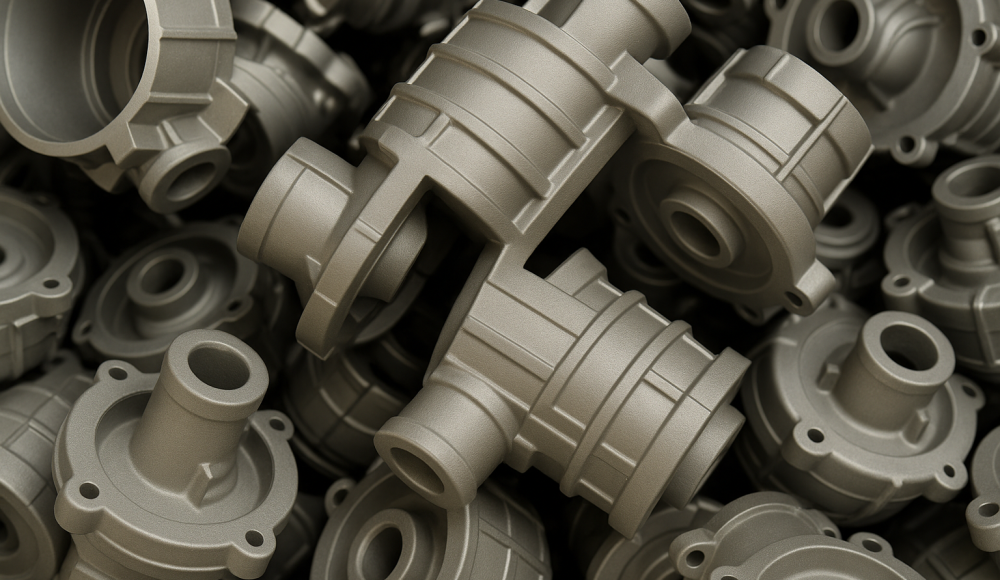

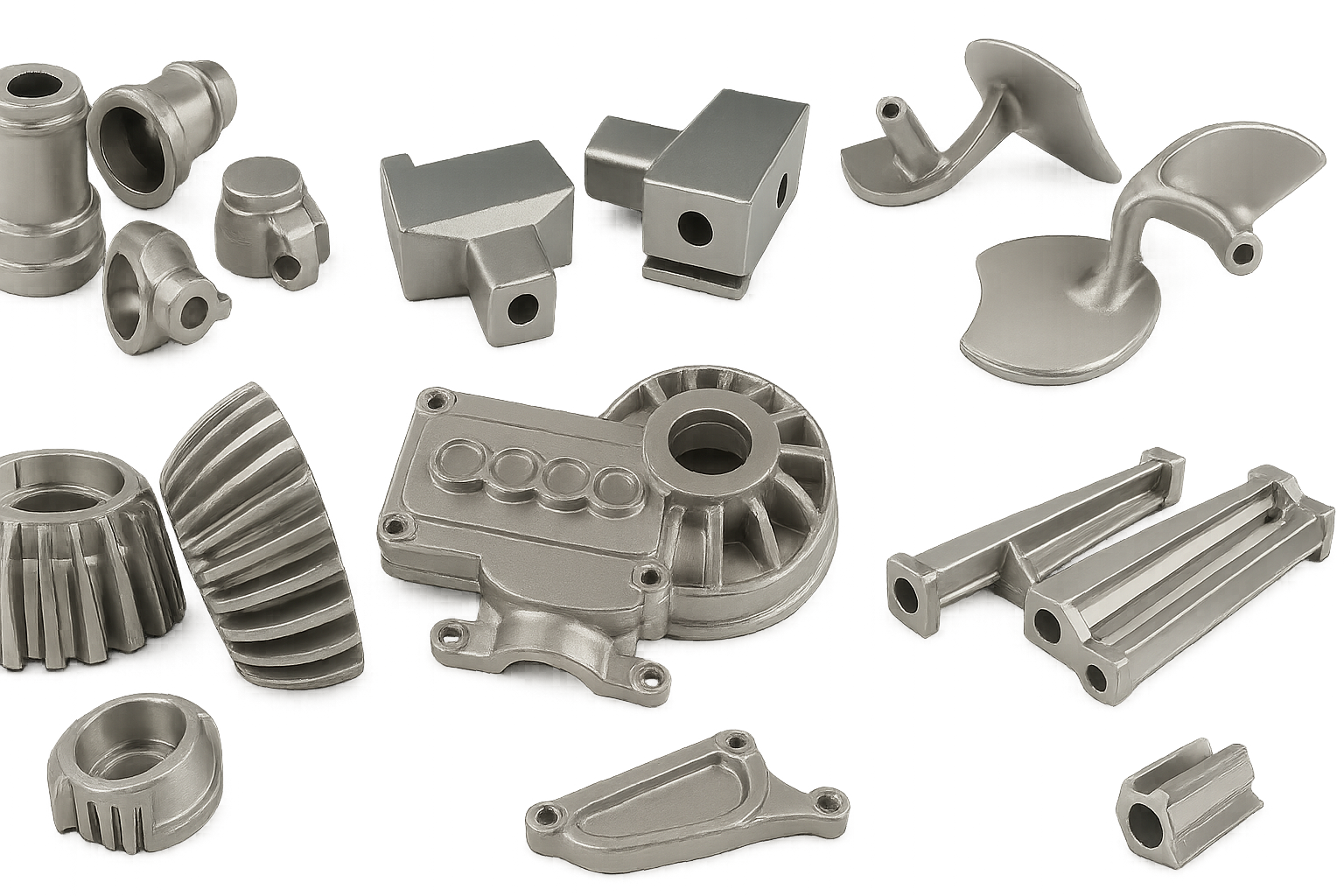
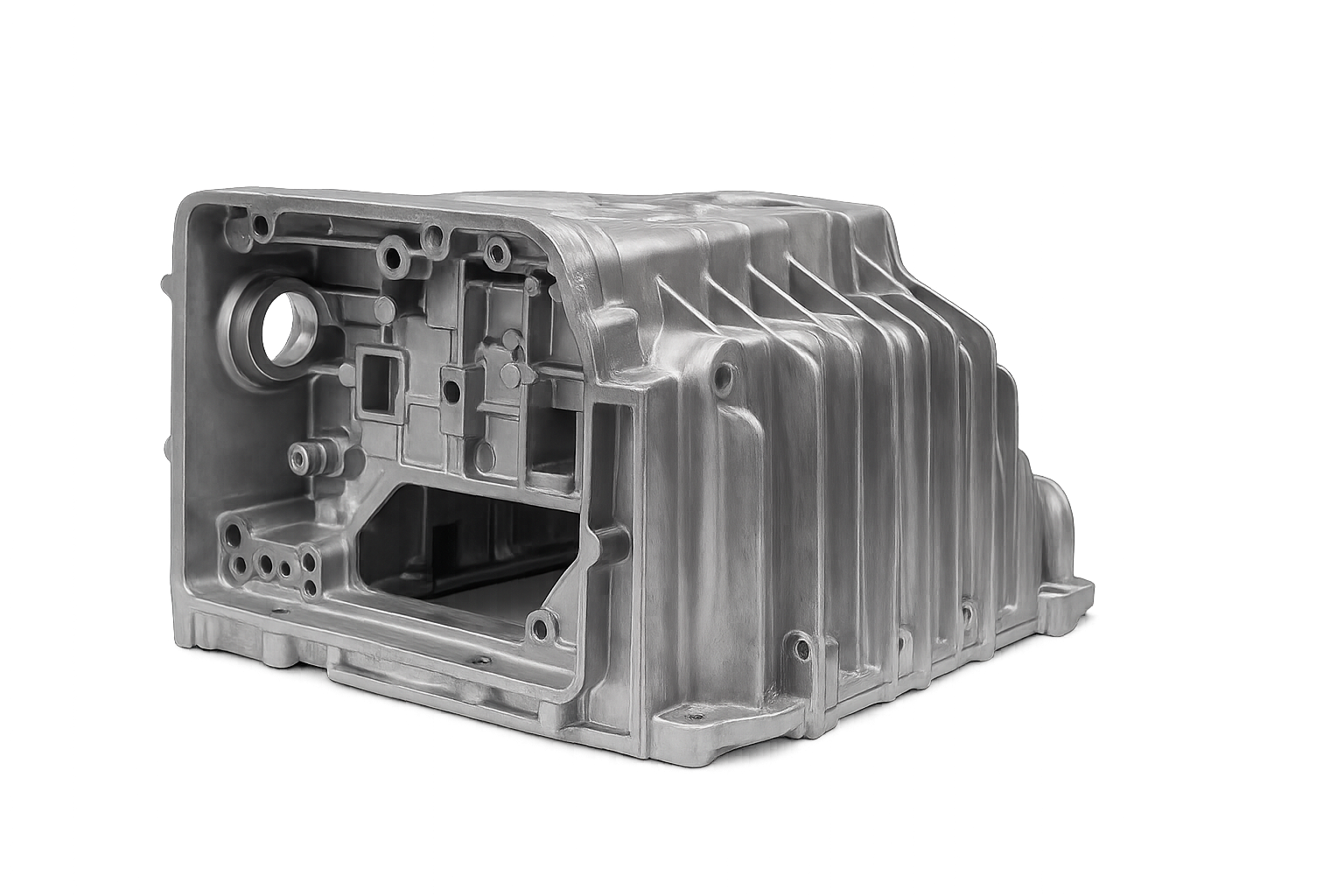
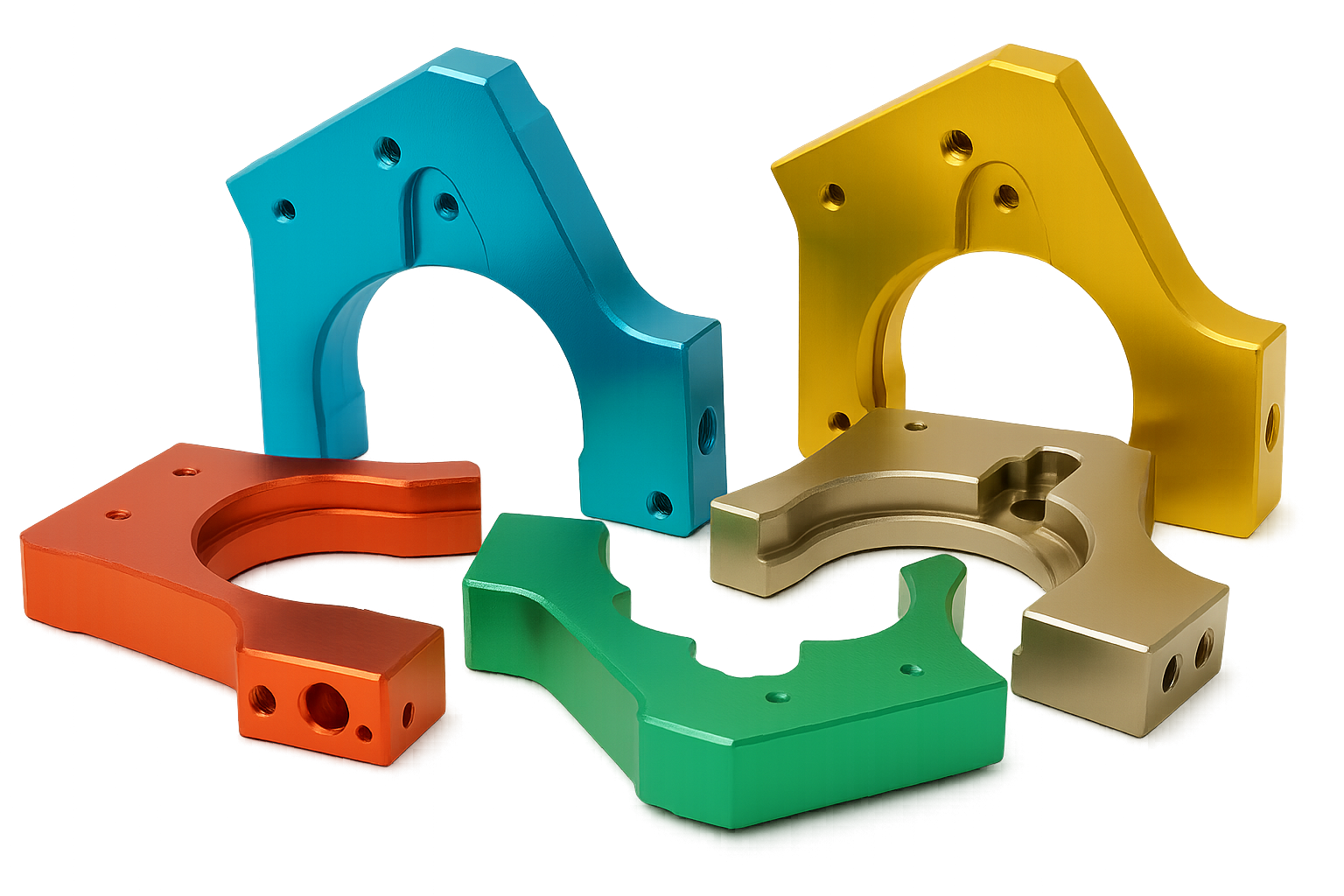
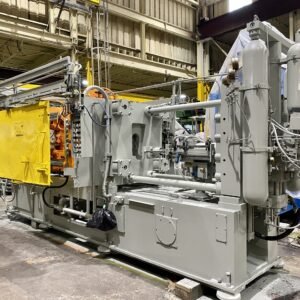
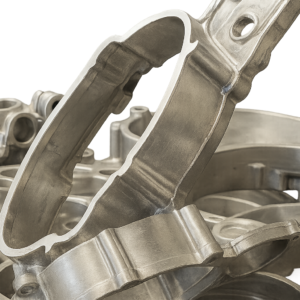
1 мисъл за "Пълно ръководство за кастинг на алуминиев матрица: Процес, Сплави, Довършителни работи & Приложения”